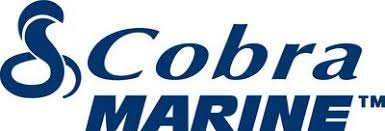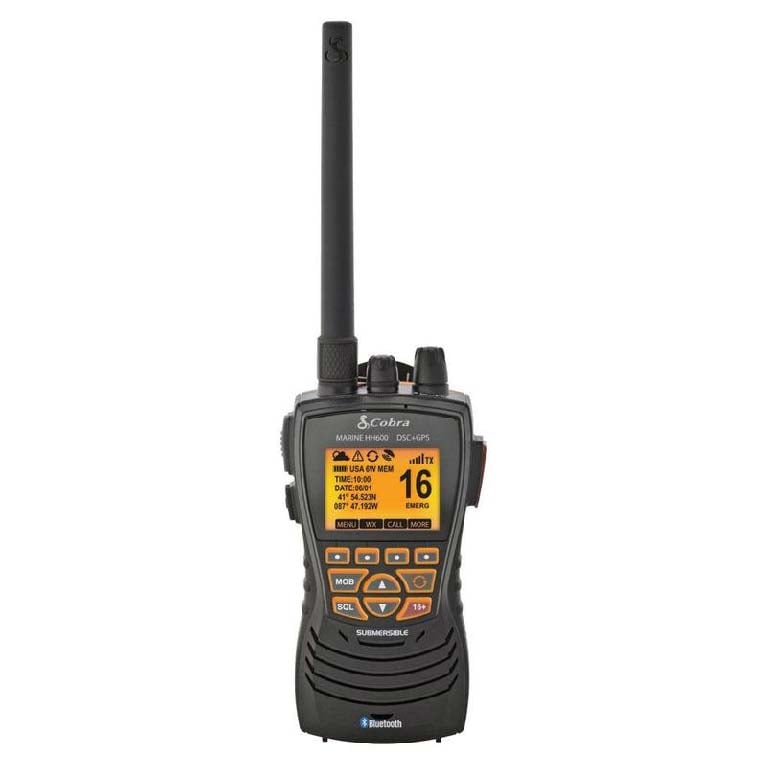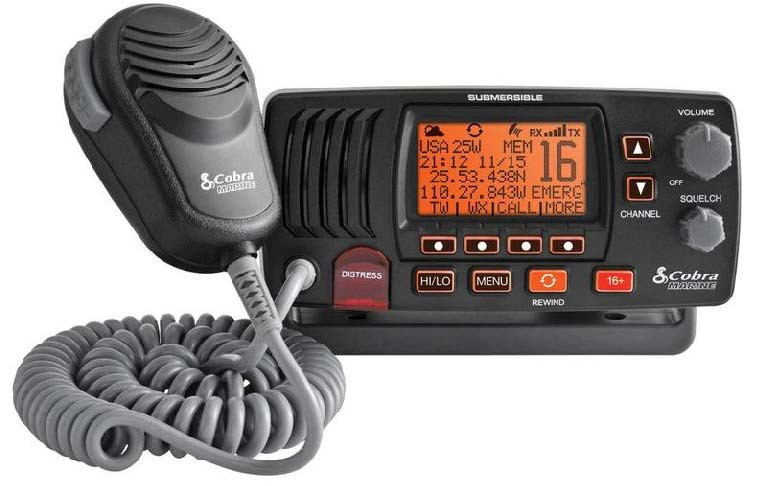Displaying items by tag: Cobra Radio
O’Sullivan’s Marine Now Distributors for Cobra Marine Radios in Ireland
With all the uncertainty around Brexit, O’Sullivan’s Marine have been pro-active in securing a level of consistency and reliability of supply of various ranges of marine products that are traditionally shipped into Ireland from the UK.
The first line to be announced for sole distribution in Ireland by O’Sullivan’s Marine is Cobra Marine Radios. When it comes to the latest VHF radios, nothing comes close to a Cobra.

When heading out on the water, a fixed-mount VHF radio is vital for communication and safety. With advanced safety features, easy menu navigation, and 24 hr access to emergency alerts and broadcasts, Cobra’s got you covered. With advanced features like Rewind-Say-Again® so you’ll never miss a VHF call, Radio check – checks battery transmitting voltage, RF power output and antenna integrity. Submersible for 30 minutes in 1.5m deep water which meets IPX8/JIS8 standards. With noise-cancelling microphone to block background noise for clearer communication and PA function for public address to an external speaker.
The MRF57B (pictured top) is a powerful Class D DSC VHF radio perfect for short or long-range communication, Plug and play GPS capable. The MRF77B is Cobra’s most advanced fixed radio, a unique VHF radio with an integrated GPS receiver and exact location for a true life-saving device.
 The advanced HH600 model with built-in GPS
The advanced HH600 model with built-in GPS
Cobra also offers a range of FIVE Hand Held VHF radios, from the entry-level HH125, perfect for recreational boaters or as a portable backup on larger vessels. The backlit LCD and keypad allows use in low light conditions and will turn off automatically to conserve battery power. Includes 1 or 3 watts, Large, bright LCD display, Compact waterproof design, 5 x 850 mAh AAA NiMH Rechargeable Batteries. It can also be used with 5 standard AAA alkaline batteries in emergencies. Features 1 or 3 Watts Dual output power for short and long communication. From this basic radio, Cobra offers HH150, HH350, HH500 each floating handheld with their own unique features, through to the advanced HH600 model with built-in GPS. View exact coordinates, transmit your location, and use its Bluetooth® capabilities to keep your phone safe and dry. The added flashlight with emergency strobe ensures you can always be found. Rewind-Say-Again®Automatically records the last 20 seconds of VHF calls so you can always playback what you missed. Selectable Power - Select between 1, 3 and 6 watts of output power for short and long-range communication, with Crystal clear, illuminated display which makes it easy to read your radio.
O’Sullivan’s Marine are proud to be able to offer Cobra products to the Irish market, for more detailed information on pricing and model features, visit www.osmarine.ie, or contact 066-7124524 – Trade enquiries: please email [email protected].





























































